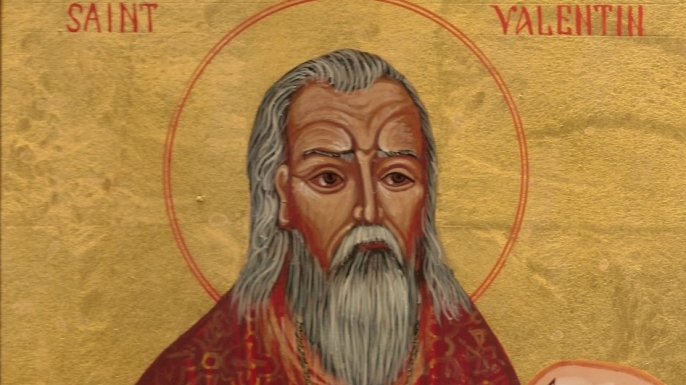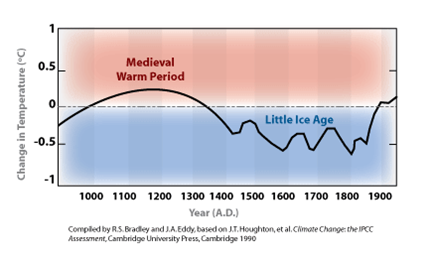
Subhead
Why is Frigid February the Month of Love?
More Like This
Nice Blog,thanks for sharing andif you want to send premium Valentine Day Flower Delivery then Interflora.in is the best florist in India.
I always assumed that Valentine's Day featured flowers and romance so heavily because it was a holiday that fell in between the winter solstice and the spring equinox. It captured a moment in which winter began to melt into spring and was a precursor of the rebirth and renewal to come.
Here in central Connecticut it is 51 degrees at 3:36 pm. Not too bad for mid February!
The weather in Dublin, CA will be 75 degrees on Valentine's Day
Like NC we're in the upper 50's with tons of sunshine here in TN!! I don't know about the rest of us but it's definitely Valentine's Day for the birds! :) The Starlings are already trying to build nests in my gutters, ugh!
it's nice & sunny today, 62 degrees here in eastern NC! Happy Valentines Day
The MWP is a very interesting insight. I'll have to go with the snuggle up theory with this year's weather.
HAPPY VALENTINE'S DAY + NIGHT ALSO
Baldev
RAS AL KHAIMA UAE













Comments